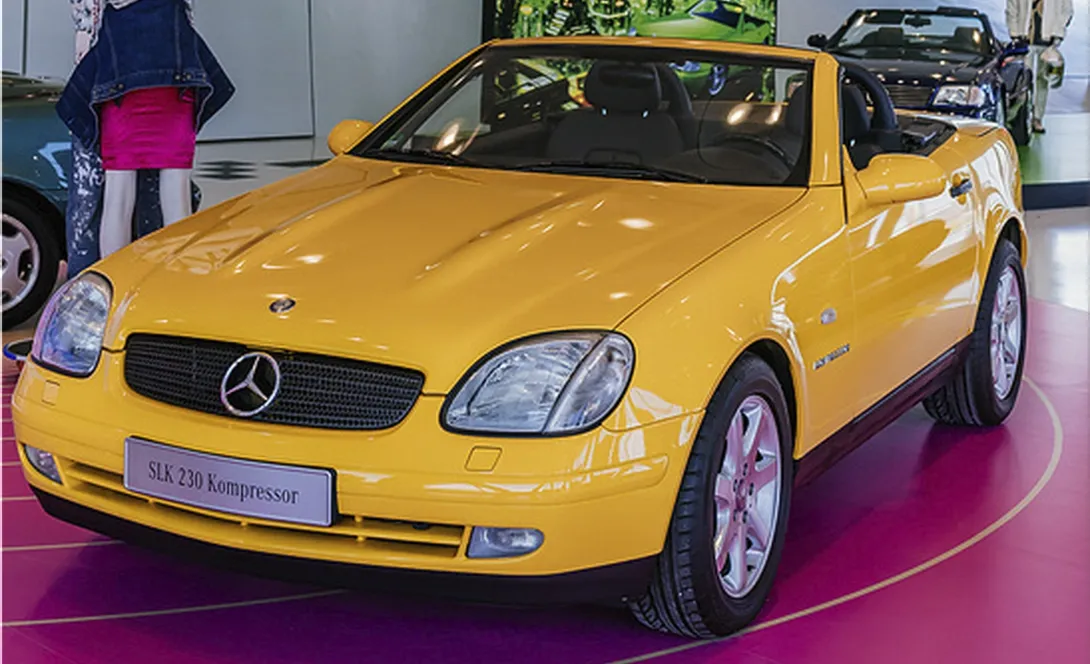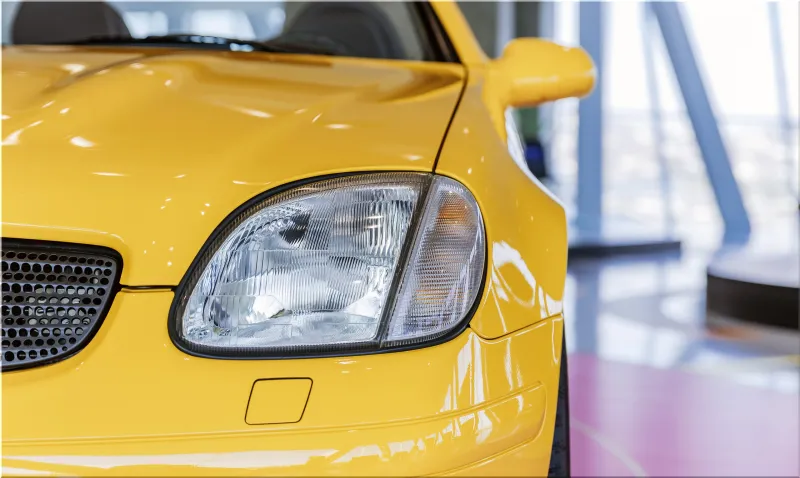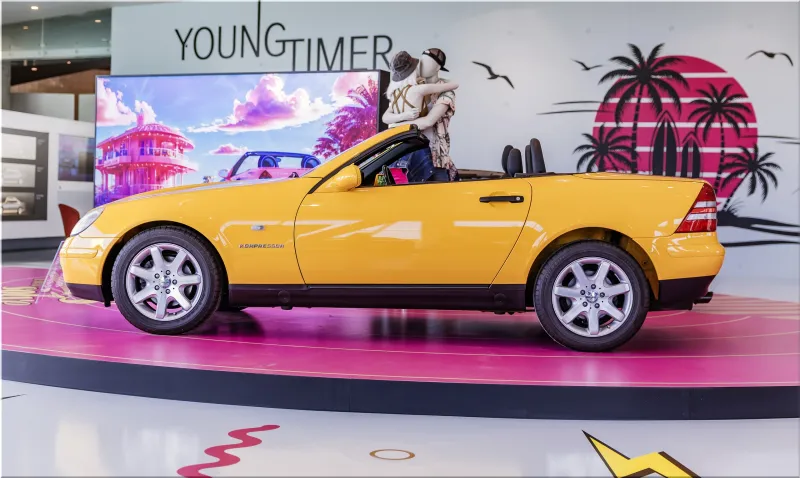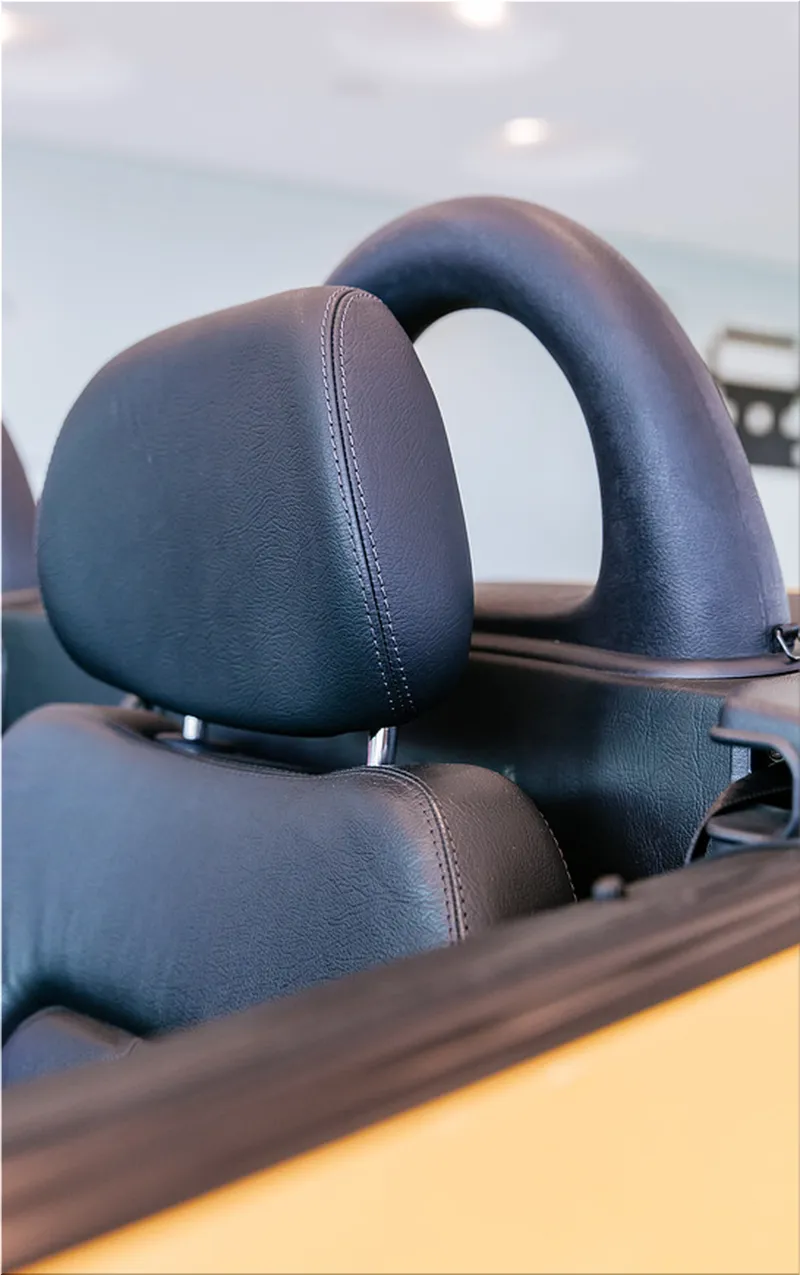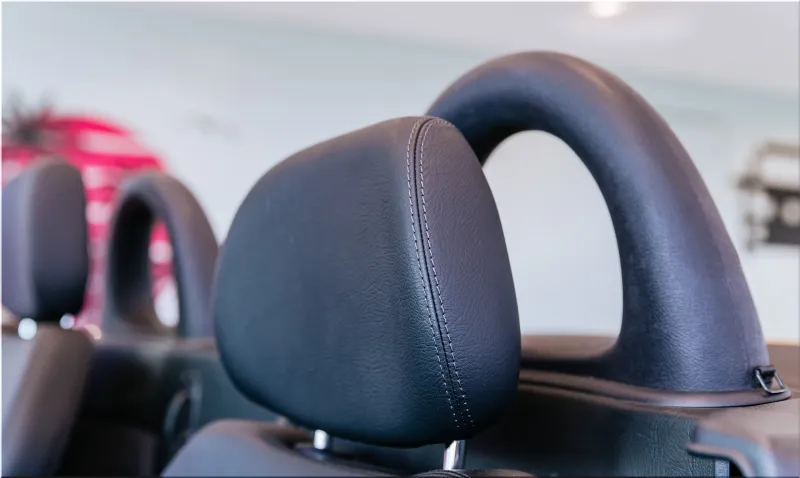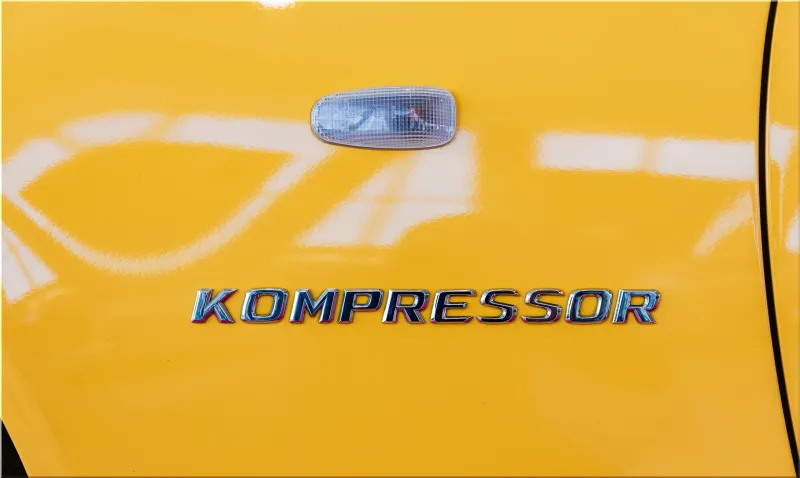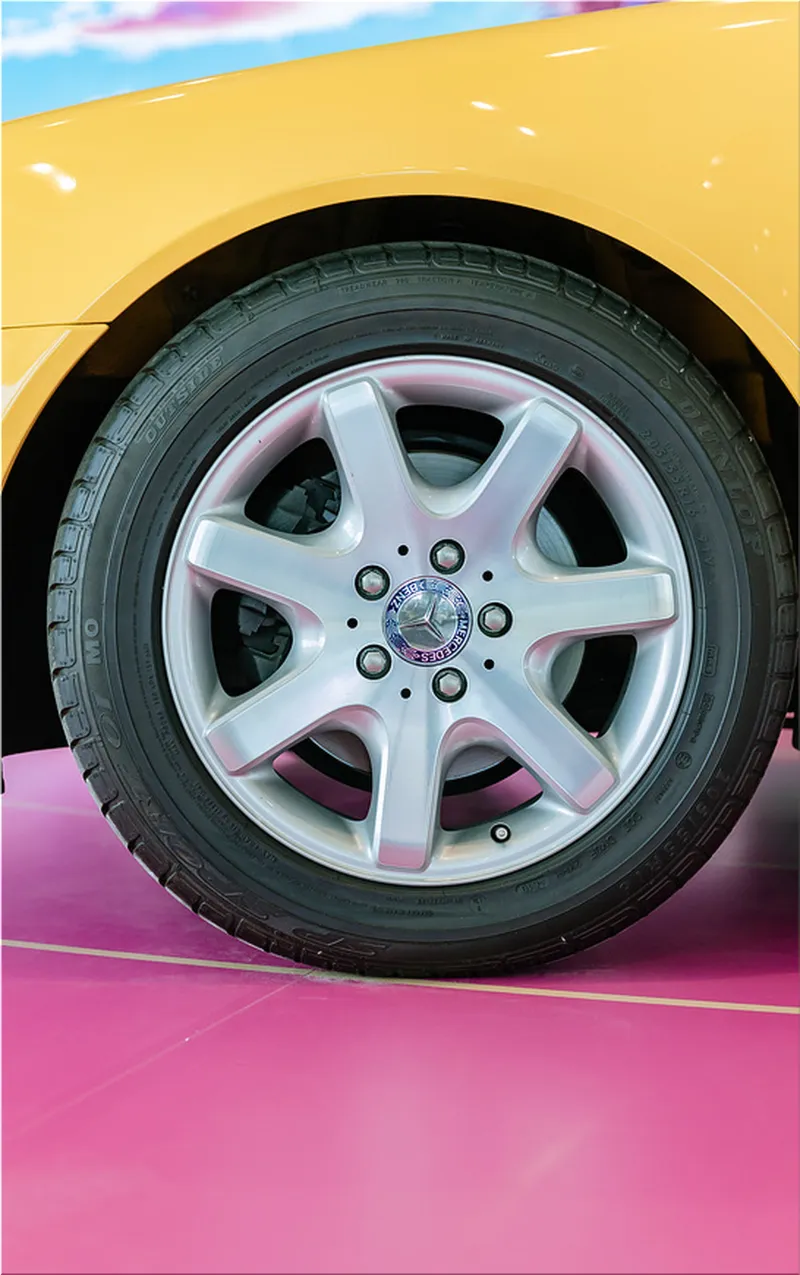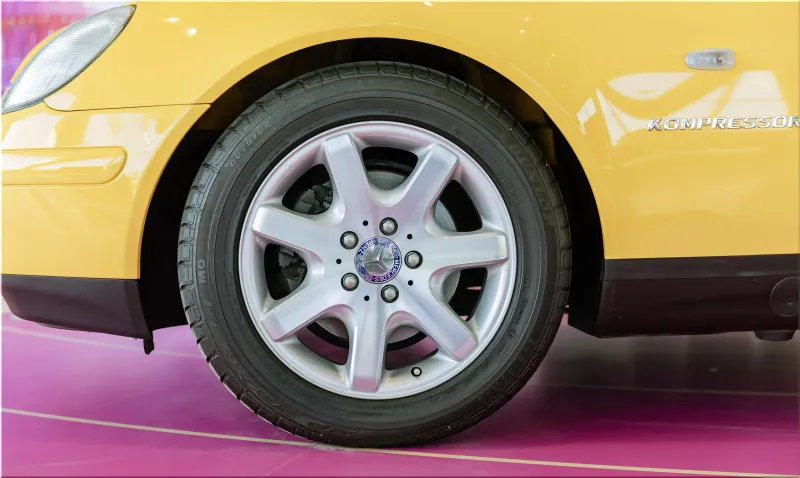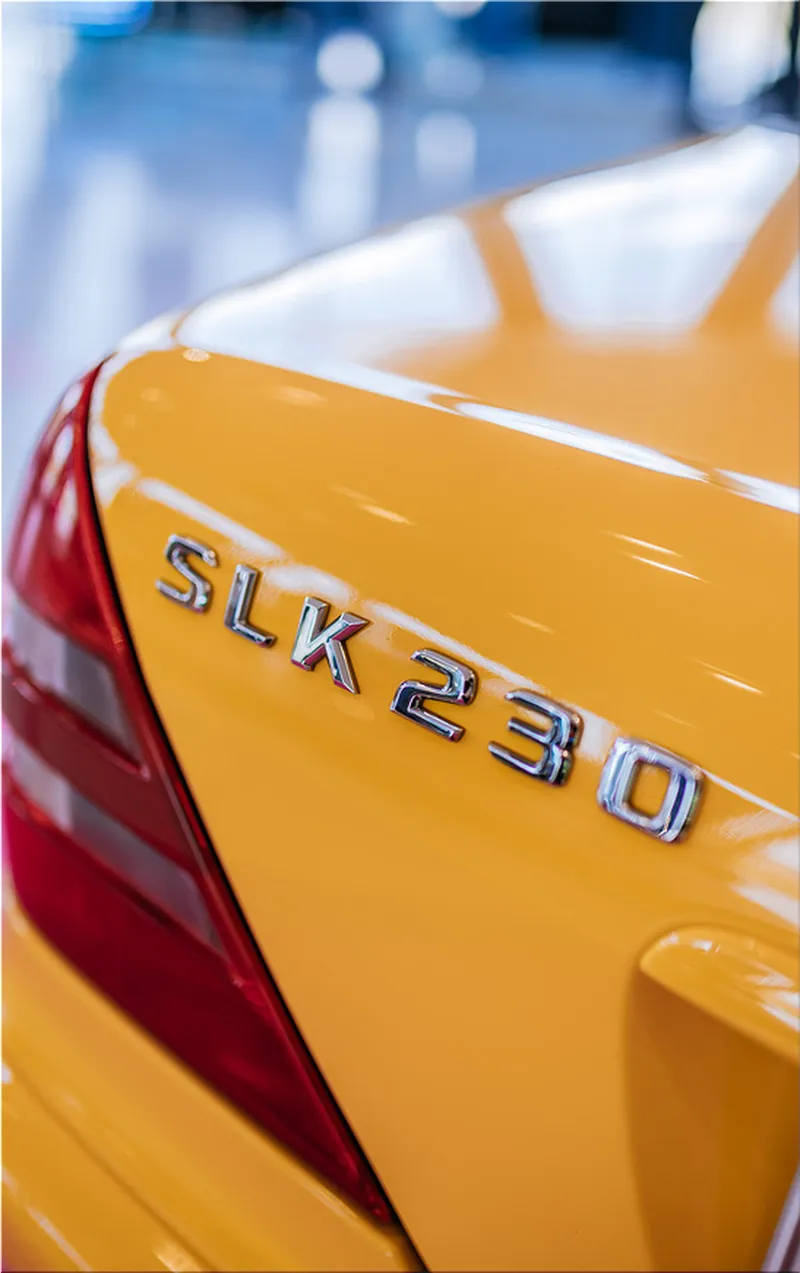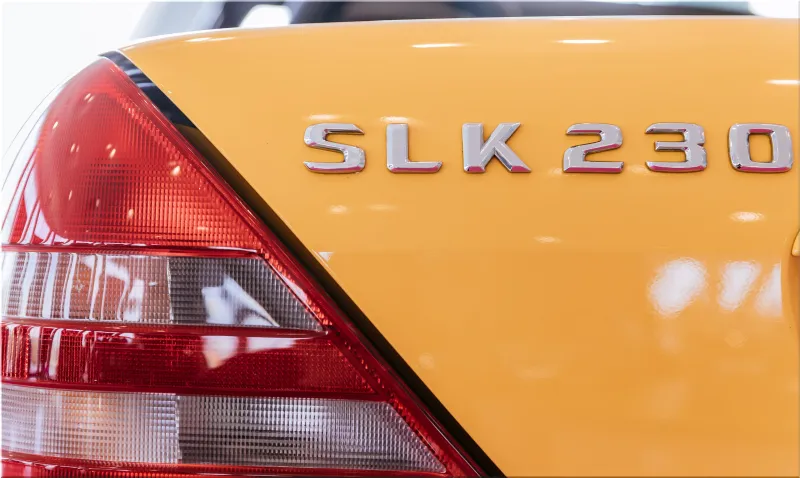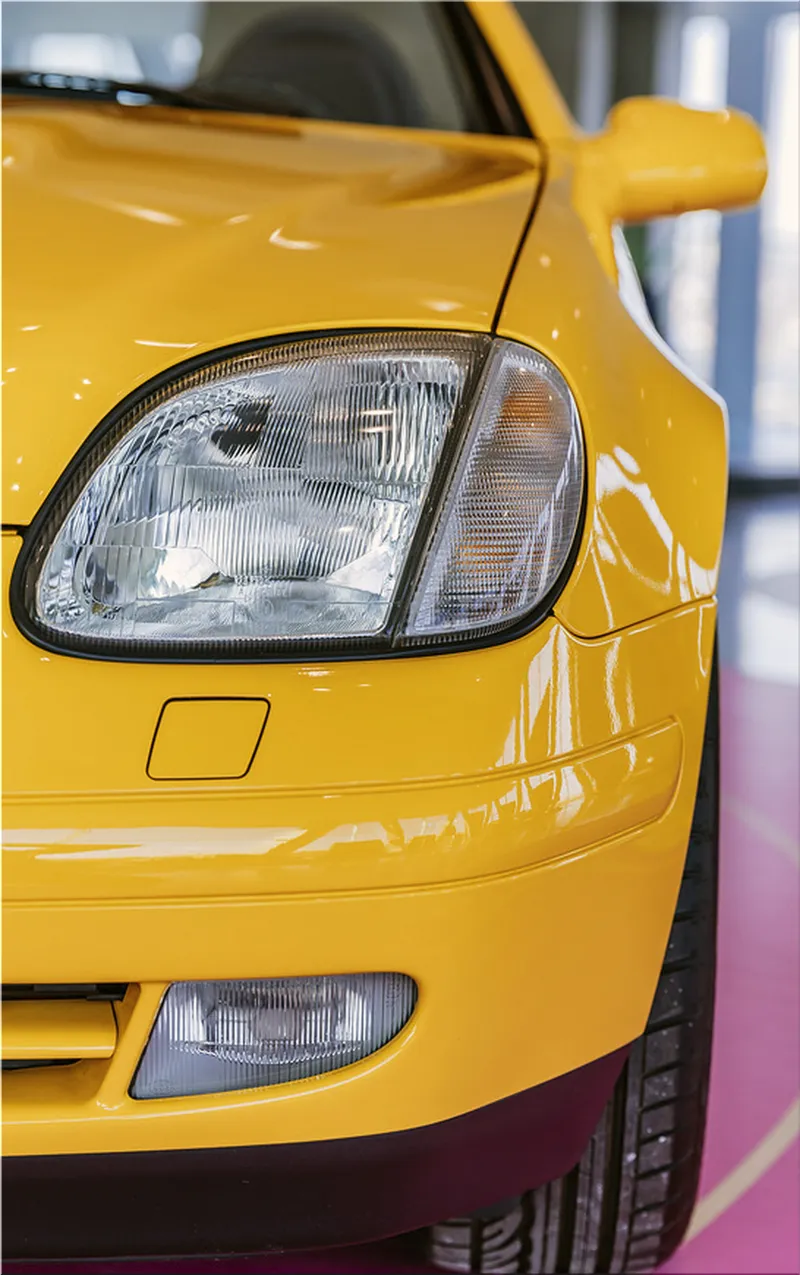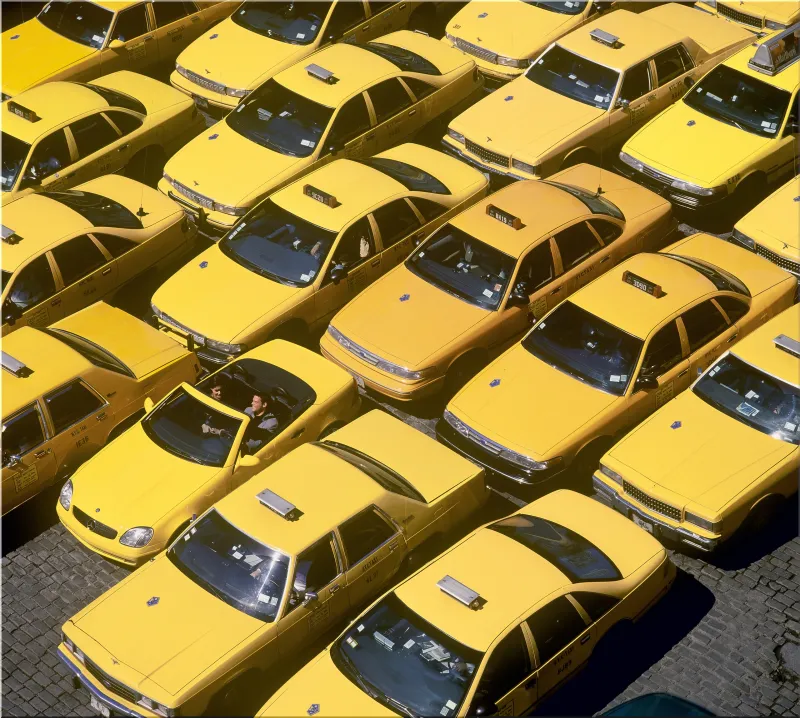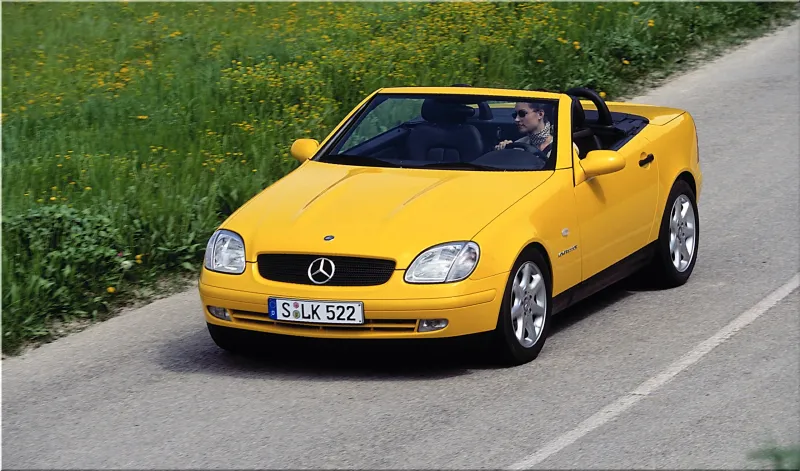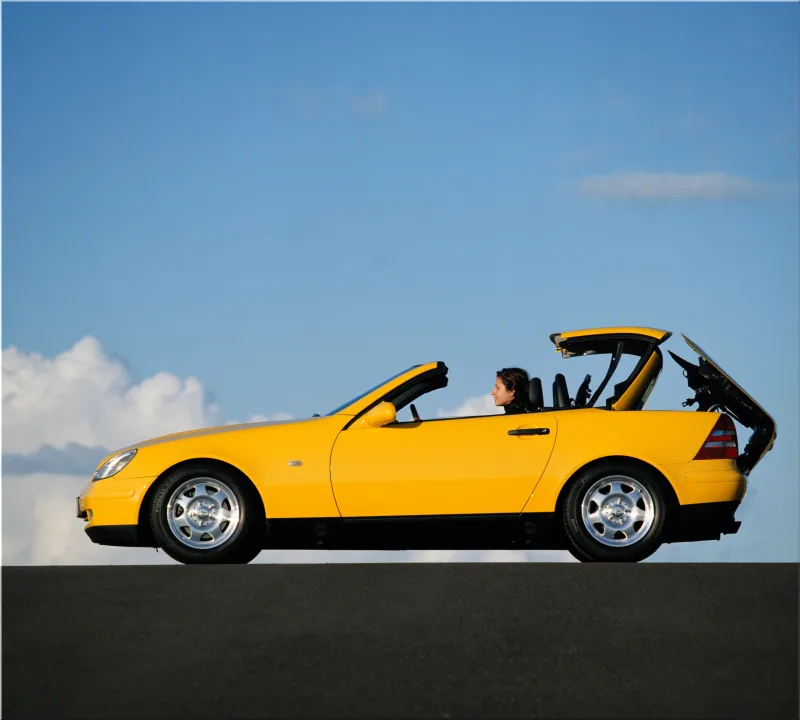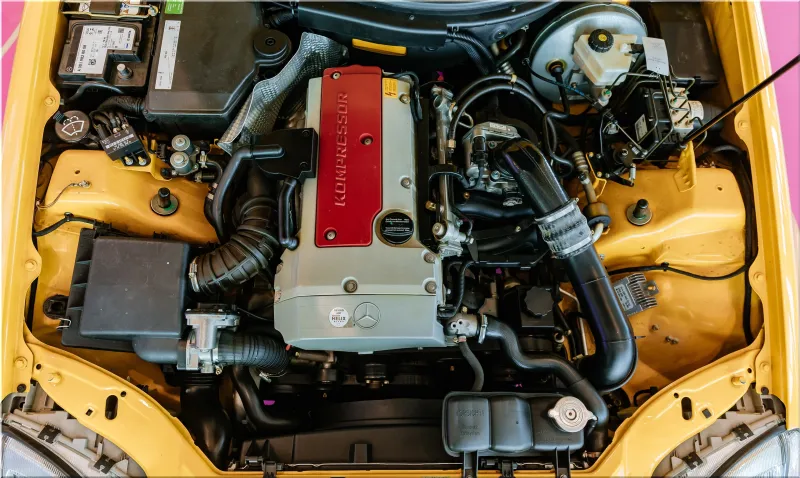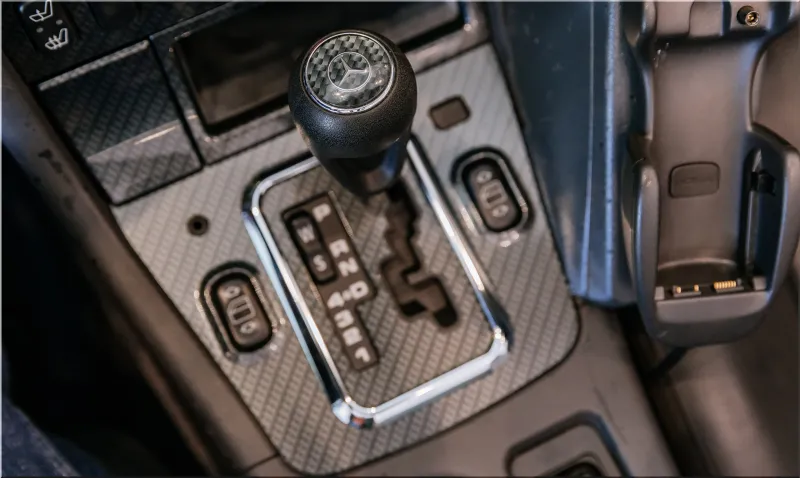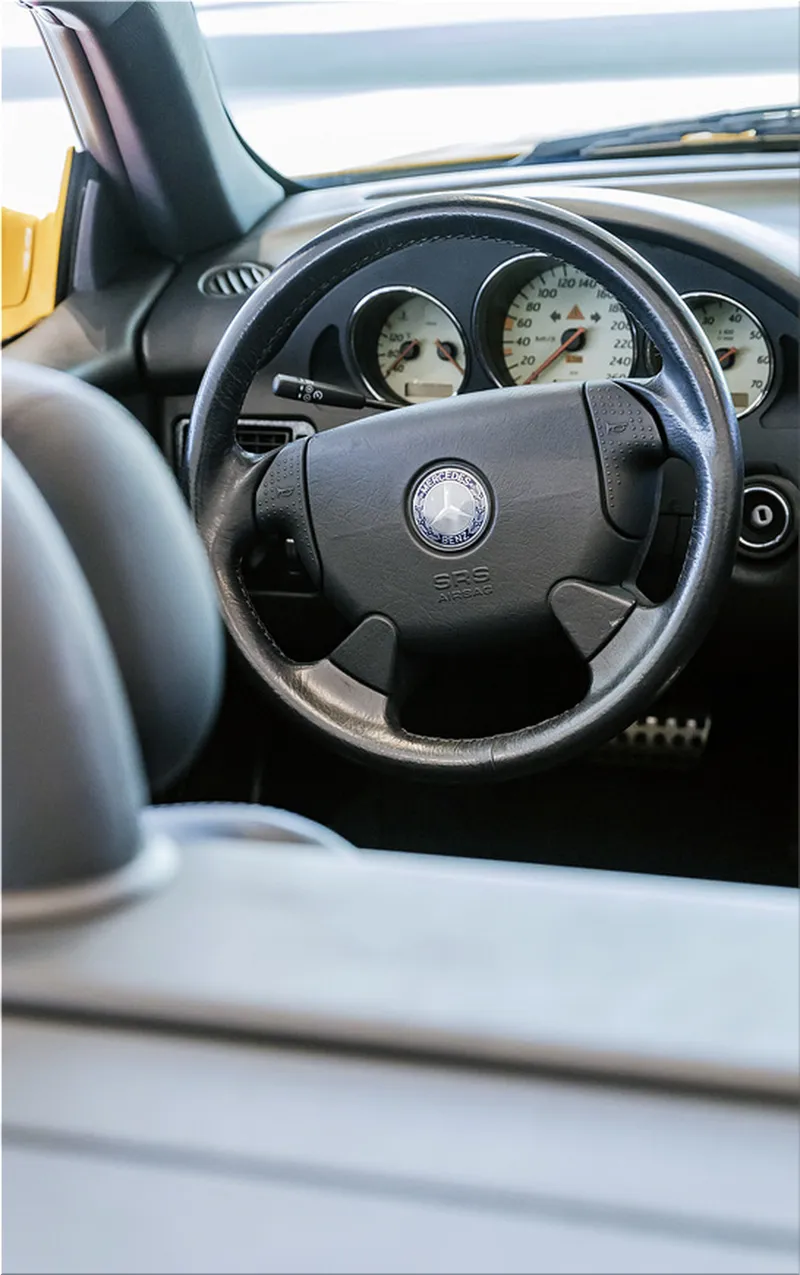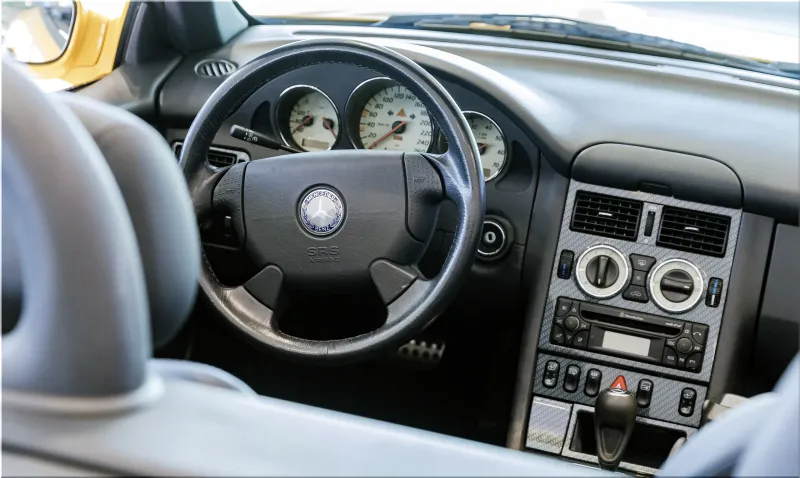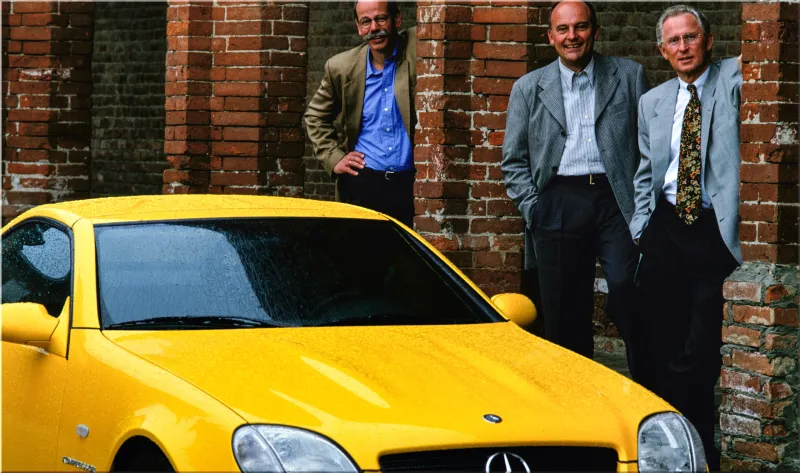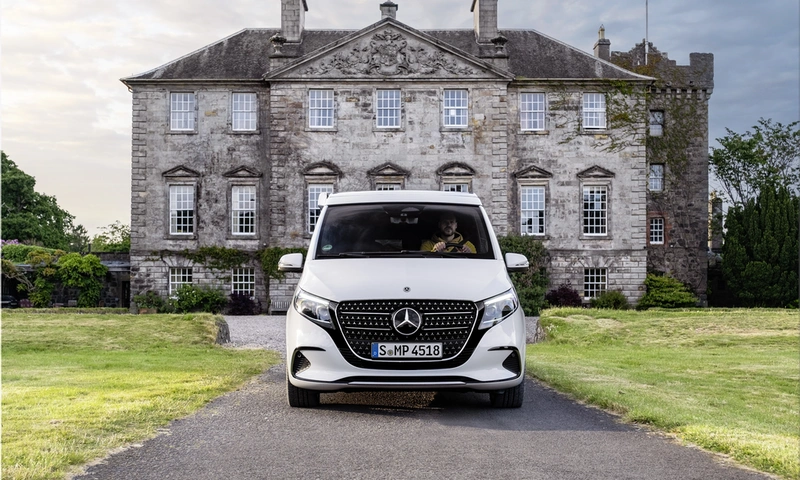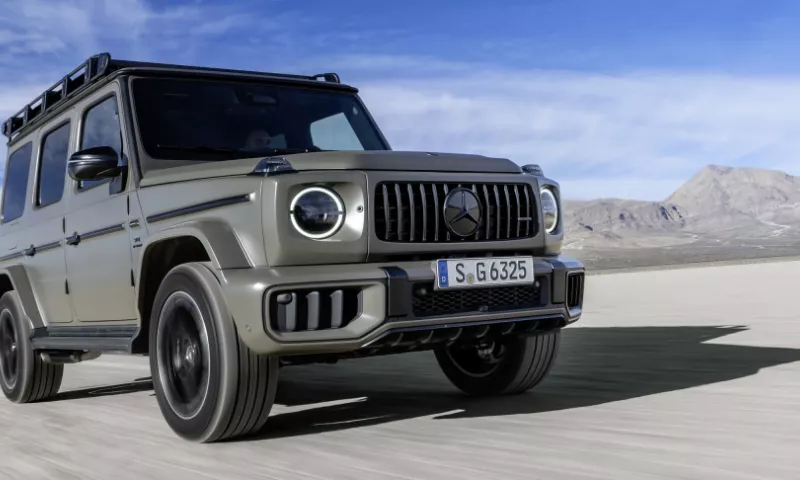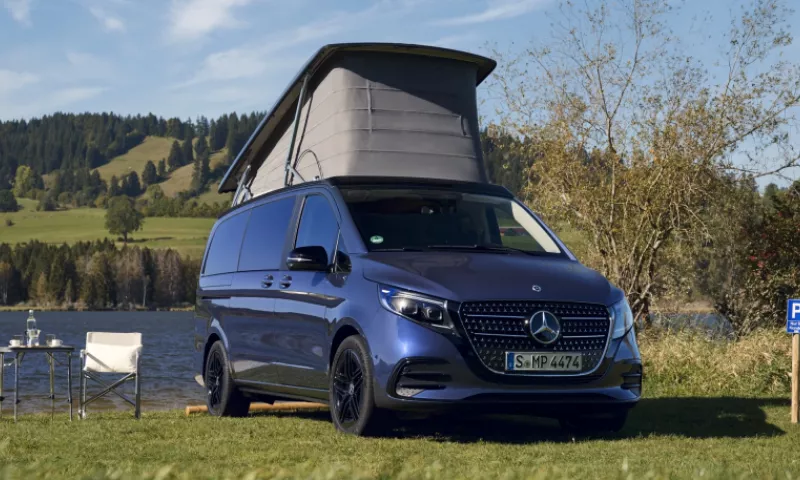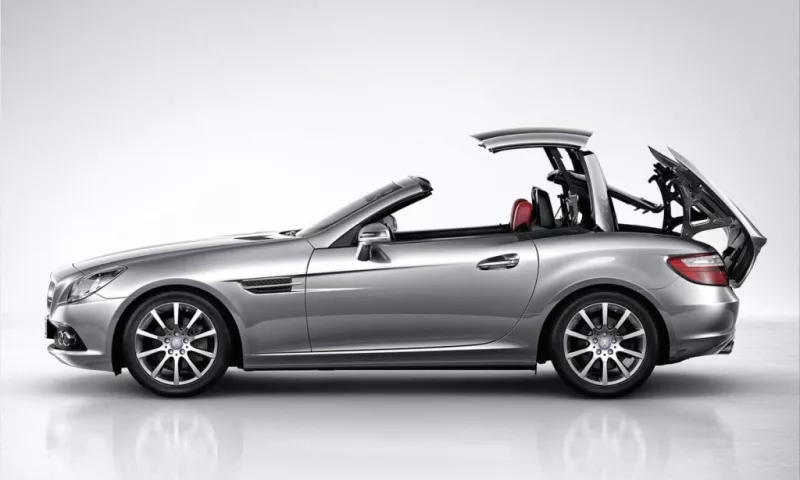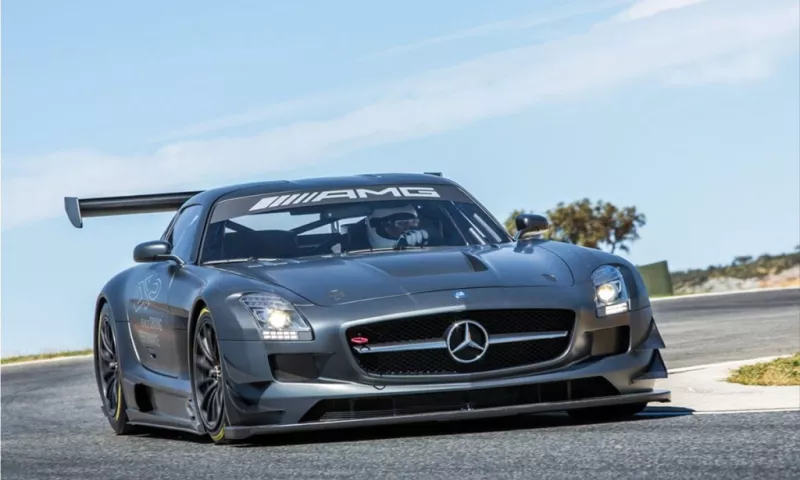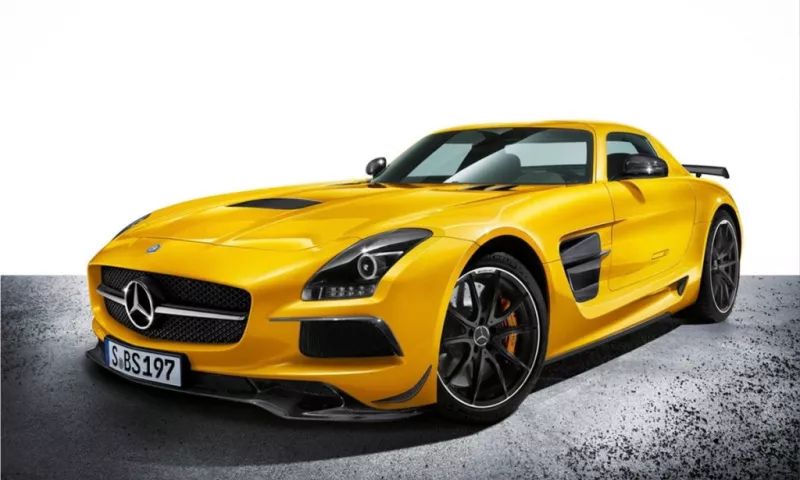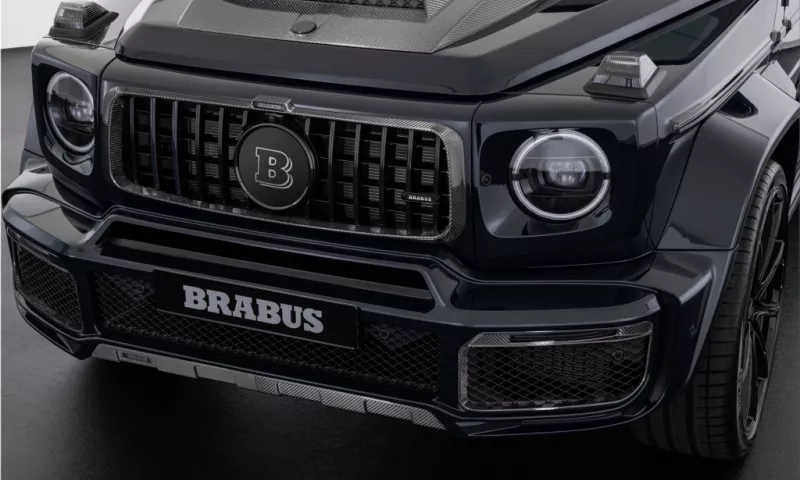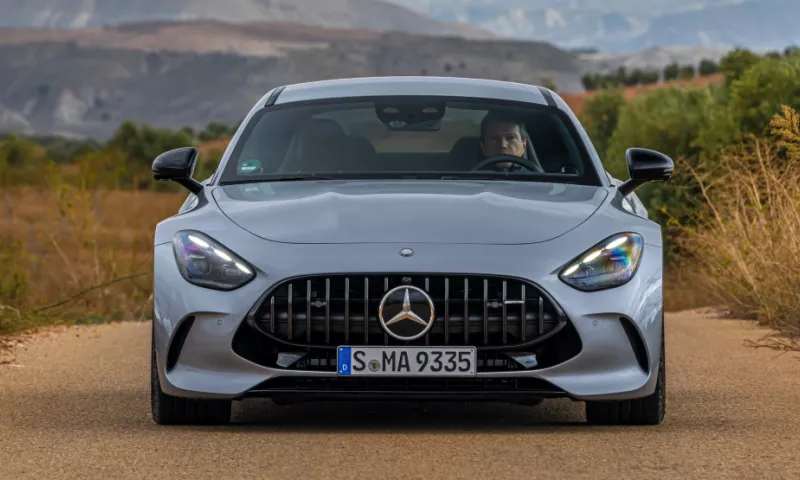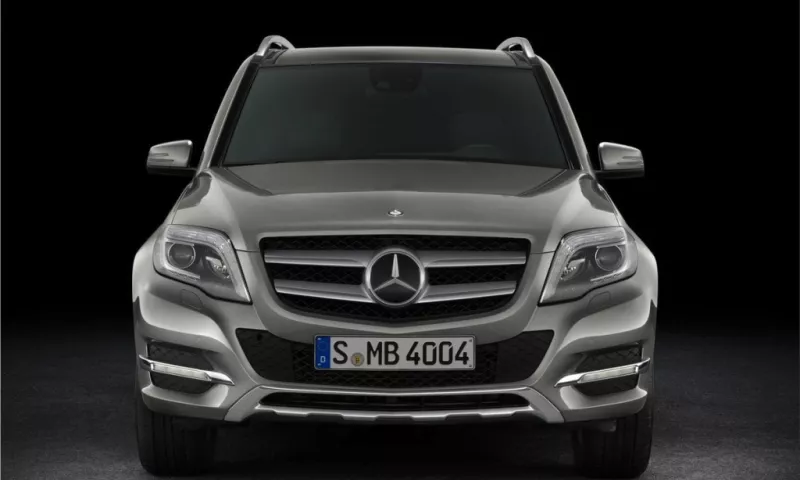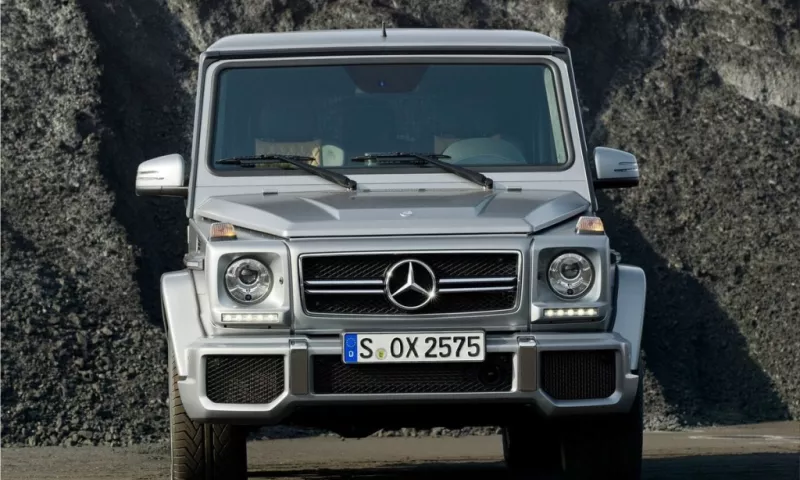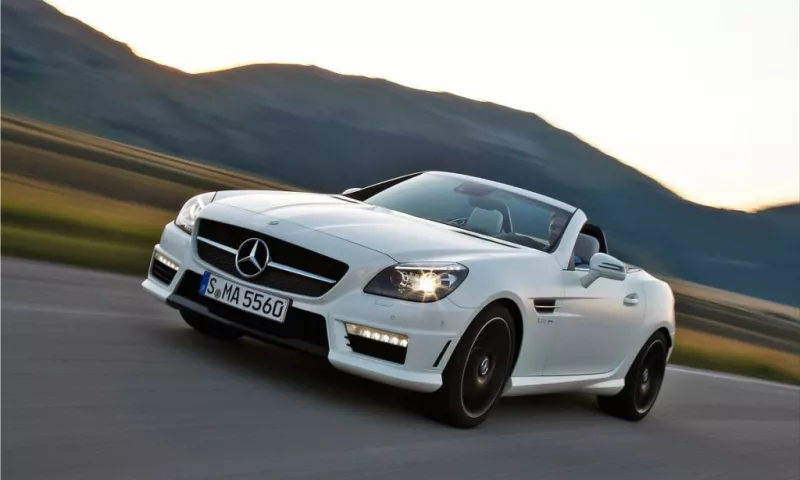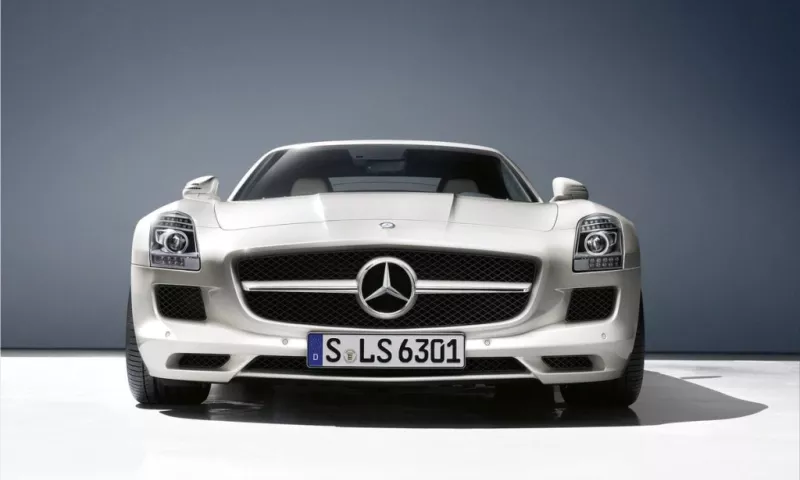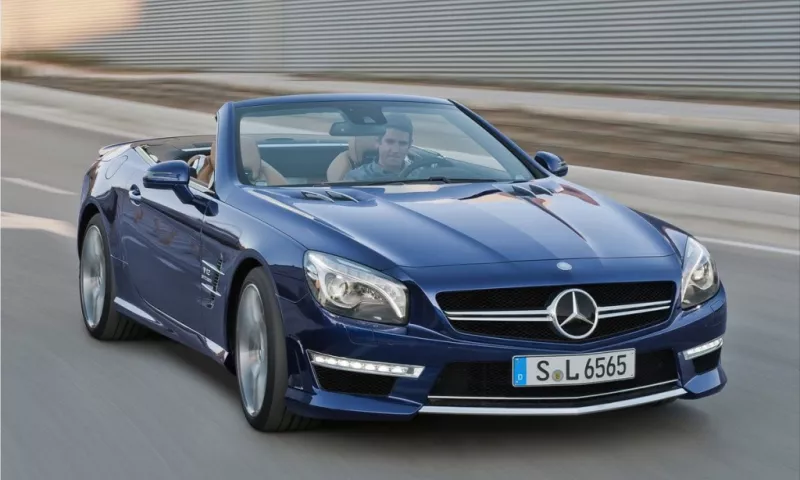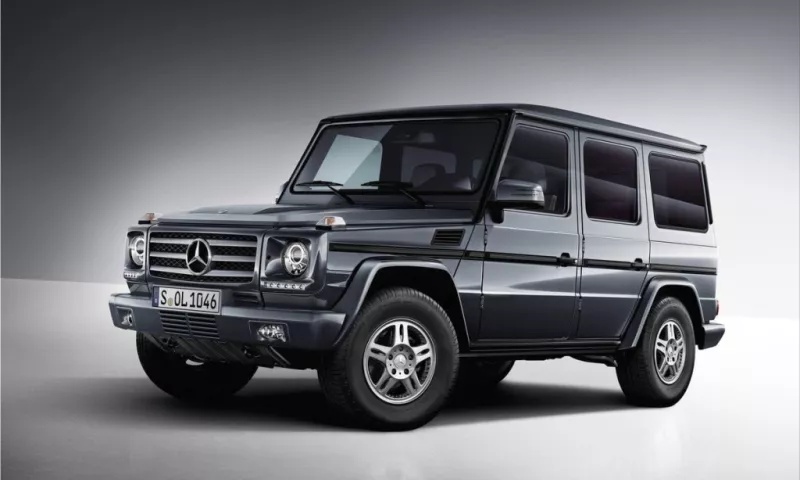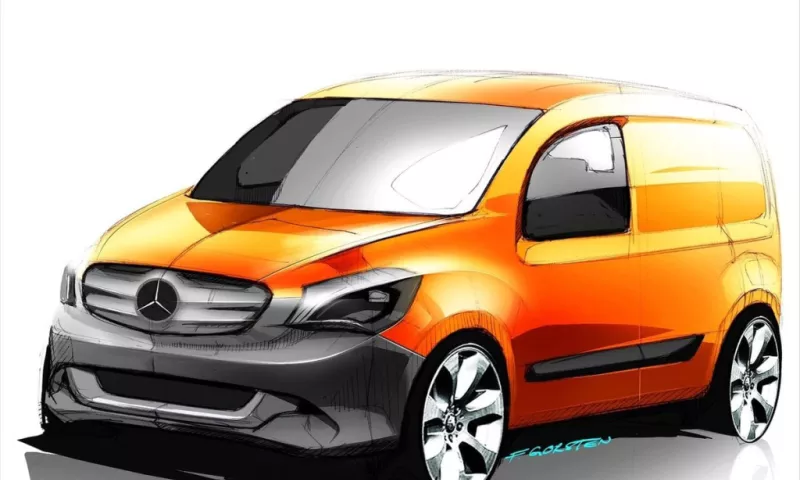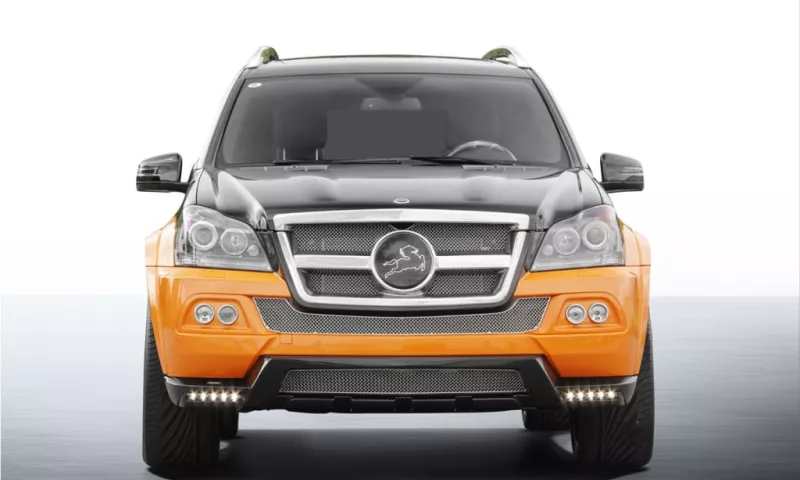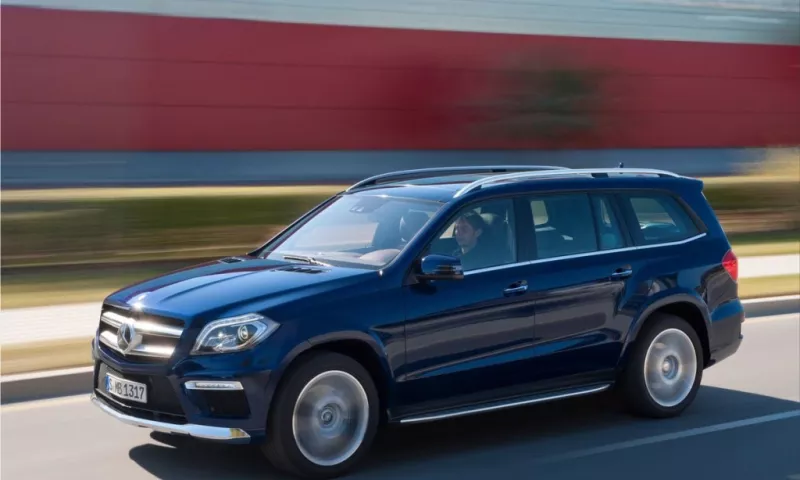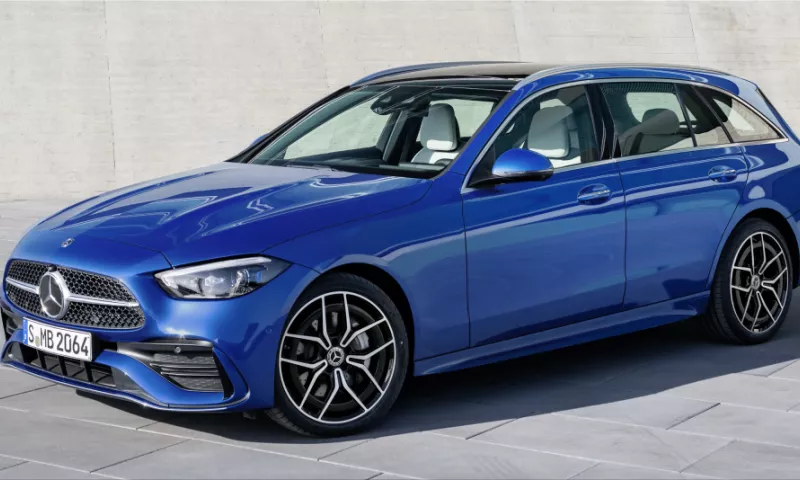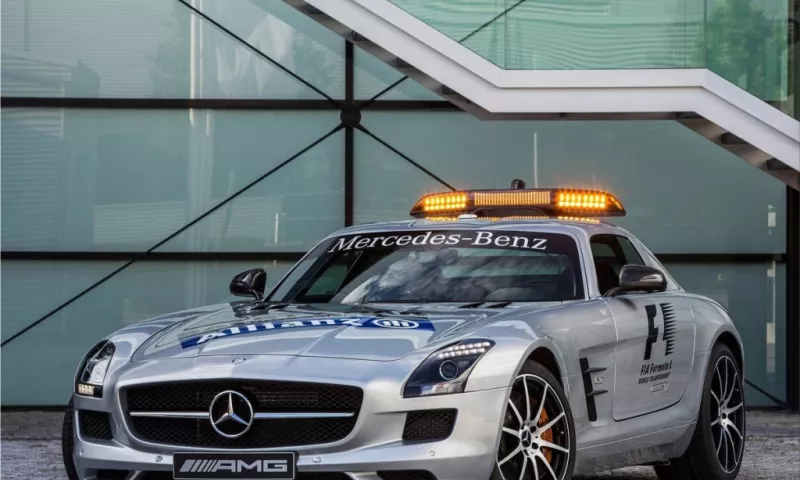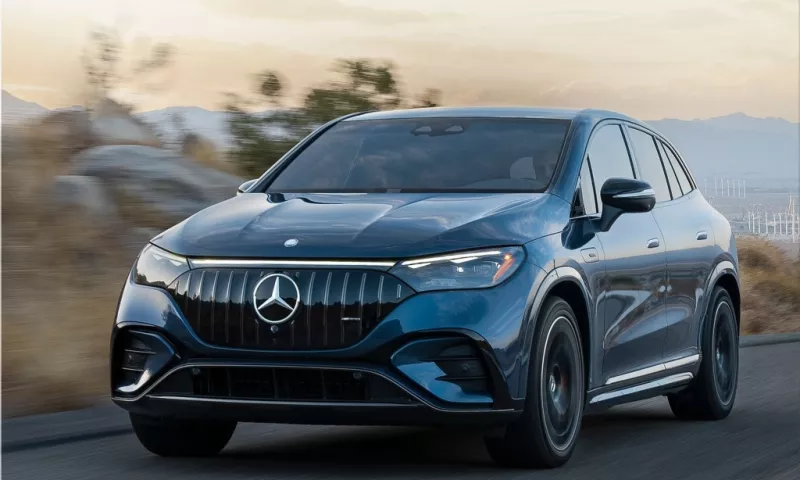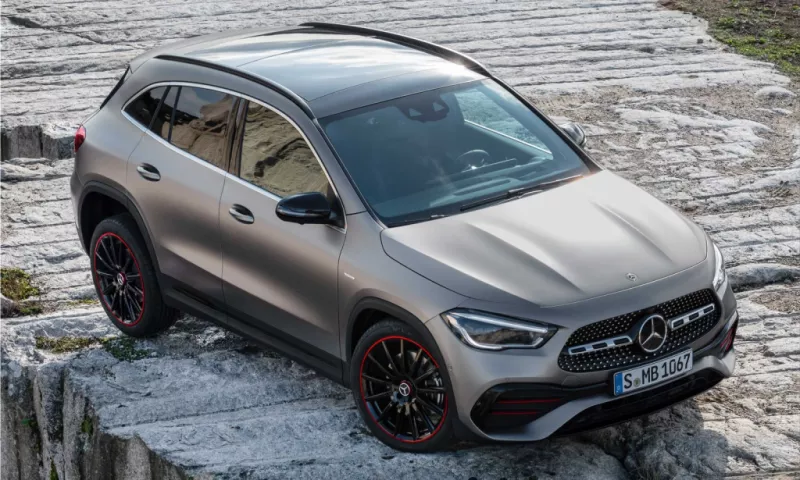Overview
The Mercedes-Benz SLK (R170) launched in 1996 at the Turin Motor Show. It was a bold move by the brand to enter the compact roadster market with a product focused on engineering innovation, daily usability, and open-top driving.
SLK stands for Sportlich (Sporty), Leicht (Lightweight), and Kurz (Compact). Mercedes used this concept to deliver a roadster that combined comfort, structural safety, and performance.
Key Innovations: The Vario-Roof
The Vario-Roof became the SLK’s signature feature. This electrohydraulic hardtop folded into the trunk in 25 seconds, turning a coupe into a convertible seamlessly.
Why it mattered:
- Security and noise insulation of a coupe.
- Freedom of open-air driving without canvas roof drawbacks.
- Created a new benchmark for retractable hardtops.
This roof concept was new in the mass market. Competitors took years to catch up.
Engine Options: Performance Without Complexity
Original Lineup (1996):
- Mercedes-Benz SLK 200:
- 2.0L inline-4
- 136 hp
- Basic but efficient.
- Mercedes-Benz SLK 230 Kompressor:
- 2.3L supercharged inline-4
- 193 hp
- Offered torque-rich response with better highway performance.
Expanded Range (2000–2004):
- Mercedes-Benz SLK 320:
- 3.2L V6
- 218 hp
- Improved refinement and smooth power delivery.
- Mercedes-Benz SLK 32 AMG:
- 3.2L supercharged V6
- 354 hp
- 0–60 mph in 4.8 seconds
- Hand-assembled AMG engine, limited-slip differential.
All engines used rear-wheel drive, and most came with 5-speed automatic or 6-speed manual options.
